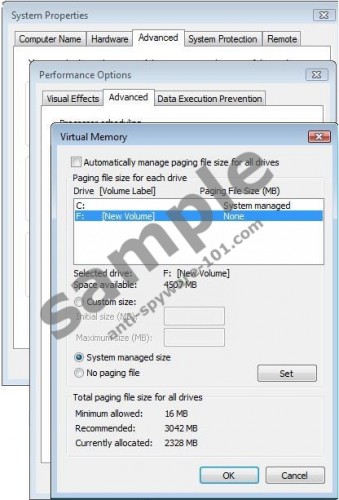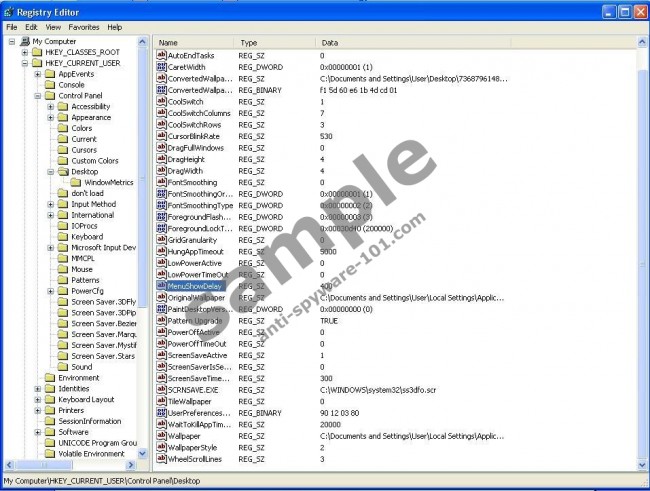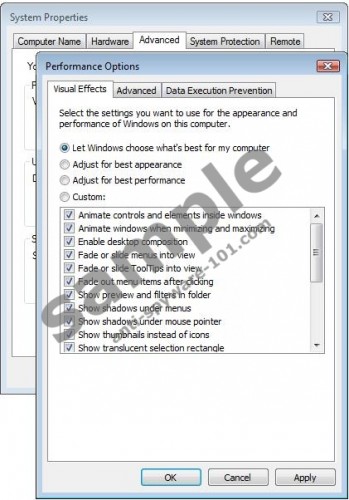What is How to Speed Up PC?
Optimize Windows to Improve Performance of Your Computer
If you make some changes to your computer system’s settings, the performance of the machine can peak at the highest level. Before making any changes regarding your Windows, study the following modifications presented to learn more about the system. As the optimization of your computer’s performance can be time-consuming, you can use a registry repair tool to clean Windows Registry, organize hard drive and optimize processes of the system.
1. Optimize your PC by Adjusting Hard Drives
Multiple hard drives, however useful they are, can be a cause of slowdowns of the system. If you transfer the SWAP files from one hard drive containing disk C partition to another drive, the speed of the PC should be increased. When RAM (the Random Access Memory) runs out of free space, the swap file can be regenerated. Read the instructions to learn how it is achieved:
1. Open Control Panel and select System.
2. Click on Advanced System Settings and open the Advanced tab.
3. You will find the area Performance where you have to click on the Settings button.
4. Open the Advanced tab in the new window.
5. Click on Change and then uncheck Automatically manage paging file size for all drives.
6. Below the line you will find the Drive box. Select C: and mark No paging file.
7. Select another hard drive and then check System managed size.
8. Click on OK and restart the computer.

2. Change the Time Necessary to Open Menus and Boxes
In the Registry, the delay value should be changed into a value lower than 400, which will change the delay between a click and display of the box or menu.
1. Open your Start menu.
2. Open your search box and enter regedit.
3. Double-click on the HKEY_CURRENT_USER folder, then select Control Panel and finally open the Desktop folder.
4. On the right-hand side find MenuShowDelay and double-click it. Change the number of the value into a value lower than 400 or bigger than 1.
5. Restart the computer.

3. Speed up Your Computer Mouse
The following changes are recommended if the computer’s mouse is too slow:
1. Open the Start menu, and enter regedit in the search box.
2. Find and open the HKEY_CURRENT_USER folder, then click on Control Panel and open Mouse.
3. Select MouseHoverTime and change the number of the value into equal or higher than 1.
4. Restart the computer.
4. Change Visual System’s settings
The performance of the computer also depends on the interface of the system. The more ornate it is, the more the system has to operate. If the visual quality is changed into plain interface of an earlier Windows OS version, the layout of the system will look less attractive, but the changes in the system’s performance will be positive. If your current OS is Windows Vista or Windows 7, and you do not want to make drastic changes, you can only change the design of the Windows tables. For example, instead of Windows Aero you can choose a different layout. The Desktop will not change much, and there will be some improvement in the processing of the system. To make changes, read the following instructions:
1. Open Control Panel and select System.
2. Choose Advanced System Settings and when a new System Properties window appears, select Advanced and then Settings.
3. In the Performance Options window uncheck desirable options and click on OK.

5. Terminate Unknown Programs Causing Slow Performance of Your PC
Some unknown applications might be running in the system without your knowledge or consent. The programs can be traced and removed either automatically by using a registry cleanser or manually. The instructions on how to detect the programs manually will help you to deal with the issue:
1. Open Start menu.
2. In the search box, enter msconfig.
3. Click on the StartUp tab in a new table.
4. Uncheck applications which are unnecessary and click on OK.

If you are uncertain about a particular program, search for more information about its (non)importance to the system’s performance on the Internet.
6. Terminate Unnecessary Services
The performance of the computer can increase markedly if you stop some processes. Enter service.msc in the search box and press OK after opening your Start menu. You will get a window with a list of different services. The detail column shows the descriptions of the services, but if that is not sufficient to decide whether or not to terminate the process, search for more relevant information online.
When you know what are you going to do with a particular service, double-click it and choose its status. There are three options for the status: Automatic, Manual and Disabled. They enable the user to choose when the service will be launched.
7. Add Free Space
The C:\Windows\Temp folder should be also cleared to achieve higher performance of the machine. Use Safe Mode to remove irrelevant files from the system.
8. Optimize your registry and Windows settings to increase computer and Internet speed.
RegHunter has been designed to be a user-friendly application that allows even a user with minimum experience to repair and maintain their PC’s registry.




0 Comments.